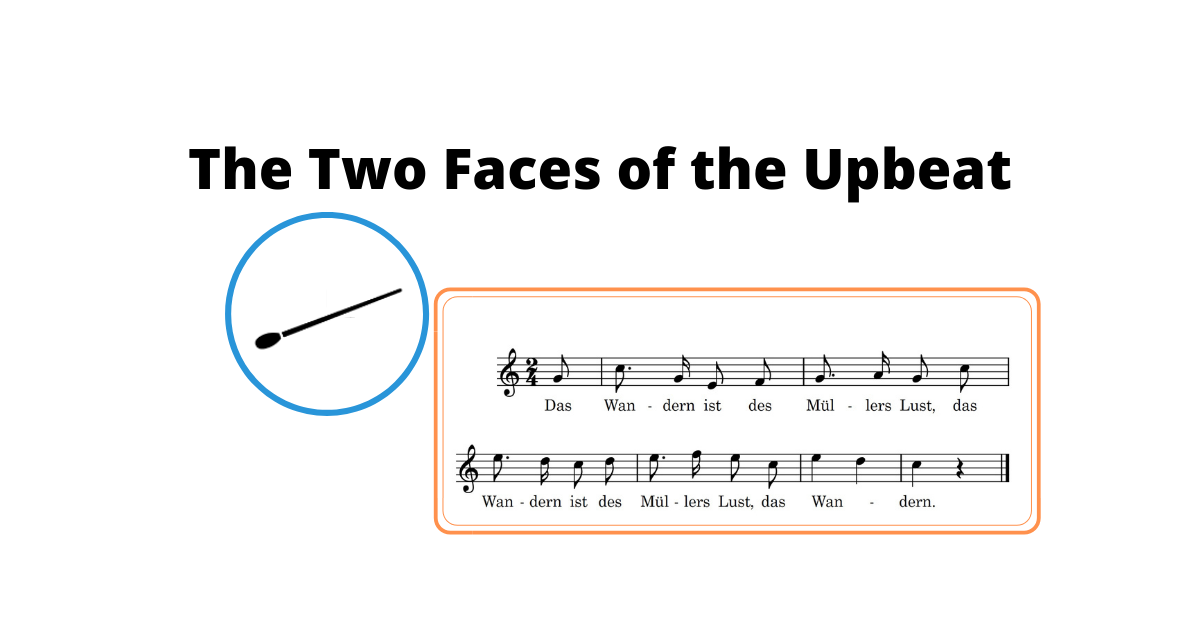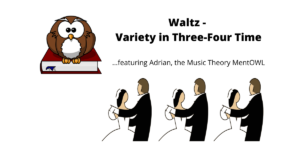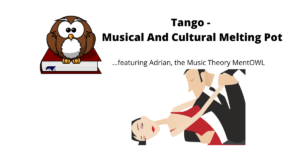The upbeat is a widespread phenomenon in music. For us conductors, it has a particularly great significance, because there are different kinds of upbeats.
What you will read in this article:
The metrical upbeat
If you play an instrument, you have probably played a lot of upbeats and know what that looks like in the score. In order to understand what the metrical upbeat is, it is important to know the characteristics of time signatures (if this is still new to you, read on here).
A metrical upbeat is spoken of when a piece of music begins not with the stressed beat 1, but with a weaker beat. As in the following example:

Allow yourself the fun of going through some of the folk songs you know. You will notice that many of them have a metrical upbeat. The reason for this is to be found in the text, because many folk songs begin with an unstressed syllable. Consequently, this syllable ends up on the unstressed beat.
The metrical upbeat is therefore a widespread phenomenon in music. However, you will probably only know another meaning of the word if you have ever conducted or played in an orchestra.
The upbeat in conducting
Have you ever noticed when attending a concert or opera that you see a movement of the conductor before you hear the sound of the orchestra? This movement can be tiny or gigantic, it can be fast or slow, angular or soft. This initial movement of the conductor is also called an upbeat.
Giving an upbeat is a fine art and one of the most important skills of a conductor. The requirement is that the initial movement already contains all the essential information the orchestra needs – tempo, articulation, dynamics and character. In order to accommodate all this information in one movement, a good imagination of sound and a technically clean handling of the baton are required.
A delicate matter...
The fact that as a conductor on the podium or in the orchestra pit you only have exactly one attempt at the upbeat does not make the task any easier – especially since an improperly given upbeat can have disastrous consequences such as an incorrect (even unplayable or unsingable) tempo or poor interplay between the individual instrumental groups.
Now you know that the upbeat is a multi-layered phenomenon. While it is so common in its metrical form that it is often hardly noticed, it presents a technical challenge for us conductors.

Jonathan Stark – Conductor
Hello! I'm Jonathan Stark. As a conductor, it is important to me that visits to concerts and operas leave a lasting impression on the audience. Background knowledge helps to achieve this. That's why I blog here about key works of classical music, about composers, about opera and much more that happens in the exciting world of music.







